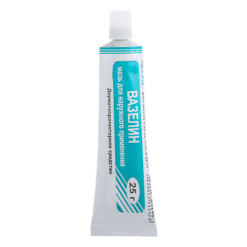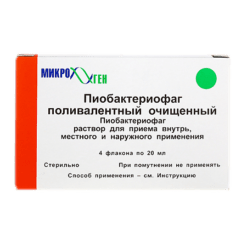-
×


-
×


-
×


-
×


-
×


-
×


-
×


-
×


-
×


Subtotal: €299.89












